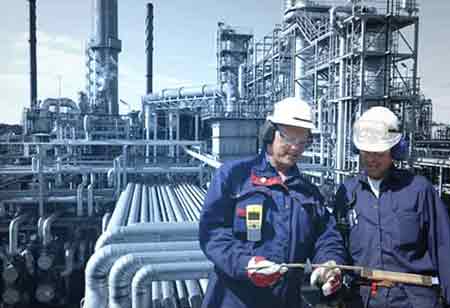Thank you for Subscribing to Electrical Business Review Weekly Brief
I agree We use cookies on this website to enhance your user experience. By clicking any link on this page you are giving your consent for us to set cookies. More info
Dealing With the Most Common Issues in UPS Systems
Negligence and age factors exacerbate UPS concerns, which have been highlighted for public awareness.

By
Electrical Business Review | Friday, November 08, 2024
Stay ahead of the industry with exclusive feature stories on the top companies, expert insights and the latest news delivered straight to your inbox. Subscribe today.
Negligence and age factors exacerbate UPS concerns, which have been highlighted for public awareness. UPS issues include power outages, inverter failures, battery malfunctions, faulty components, alarm failures, overheating, and communication mistakes. Regular inspections allow for early diagnosis of these issues, preventing catastrophic damages and attaining proactive UPS management.
Fremont, CA: Although the Uninterruptible Power Supply (UPS) system is a savior when the grid goes down, it is sure to fail and disappoint at times.
It immediately offers emergency power, allowing you to continue electricity-dependent operations and activities. However, if confronted with an unusual disaster, it may unexpectedly shut down. As with any other electrical item, the UPS is vulnerable.
Here are two most common issues in UPS systems and solutions to combat them:
Power Failure and Power Outage
This is a popular word to describe UPS systems since UPS is helpful when this happens. A power outage, often known as a blackout or failure, is a rapid loss of electrical delivery from the primary power grid to homes, businesses, or factories.
While a power loss will not affect a UPS system, failures might cause significant damage. For example, if electricity goes out and returns with an excessive voltage, the power surge may be so substantial that it overwhelms the UPS and finally burns the internal components.
Similarly, repeating power-on/power-off events harms a UPS because the repetitive stress on the components degrades their performance over time. Thunderstorms, utility company disruptions, and internal power distribution challenges are all significant causes of power outages.
The UPS components must be inspected regularly to minimize UPS difficulties caused by power outages. Only via inspection can you learn that the inside of a UPS is deteriorating due to excessive power from the wall socket.
However, regardless of whether you inspect the UPS, ensure it is connected to a surge protector to reduce electricity before it reaches the UPS unit. You should also use high-quality power cords compatible with the UPS and the gadgets you plan to attach.
Overheating
The UPS is sensitive to overheating. When it becomes heated, realize that it is overheating. Overheating should be of concern to you because it can potentially degrade your UPS performance.
To avoid overheating, place the UPS in a large, well-ventilated room. If the workplace or workstation appears congested, open the windows and doors to allow fresh air to enter.
Before turning on the UPS, unplug any devices not in use and ensure they share the same power outlet. Calculate your device load to ensure it does not exceed the UPS's load capability.
Also, try to run the UPS in a location with comfortable ambient temperatures of roughly 77 Fahrenheit. Continue to inspect for dust and debris buildup, and if necessary, have the fans and air filters cleaned regularly by a professional expert.








